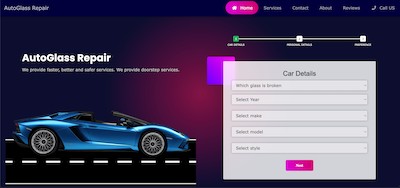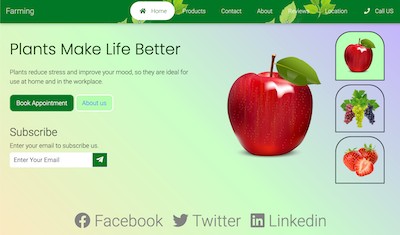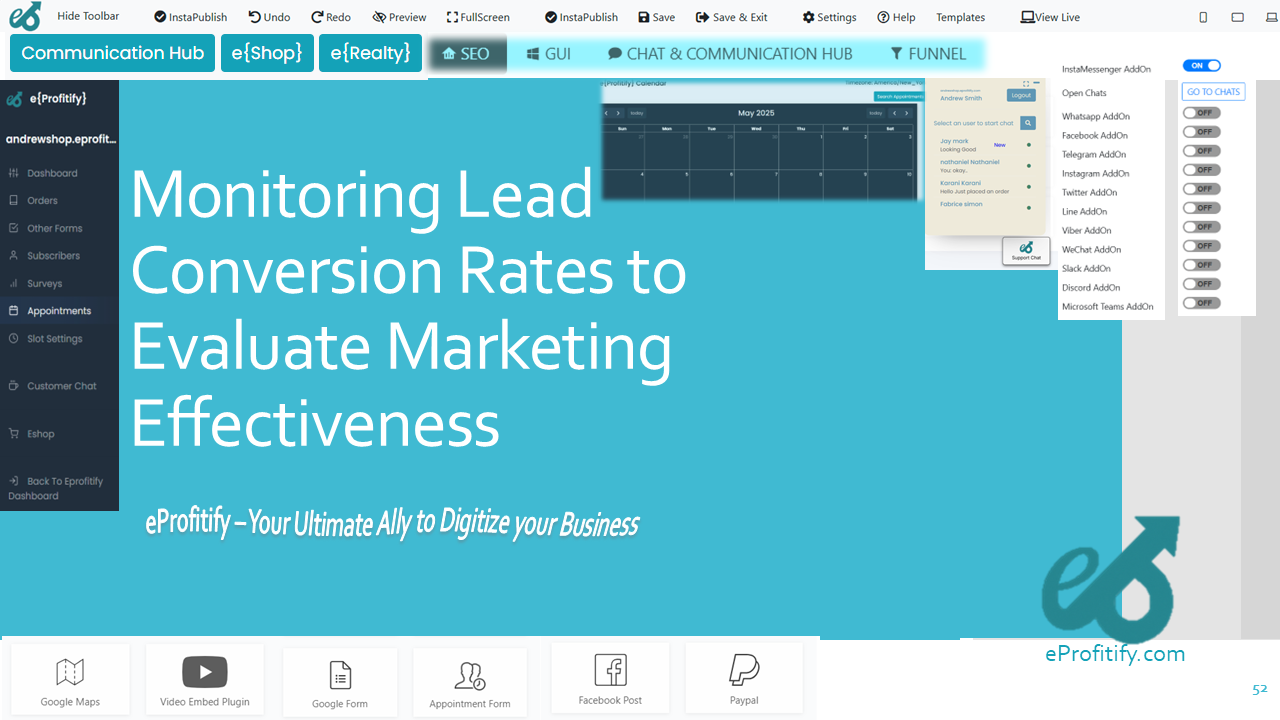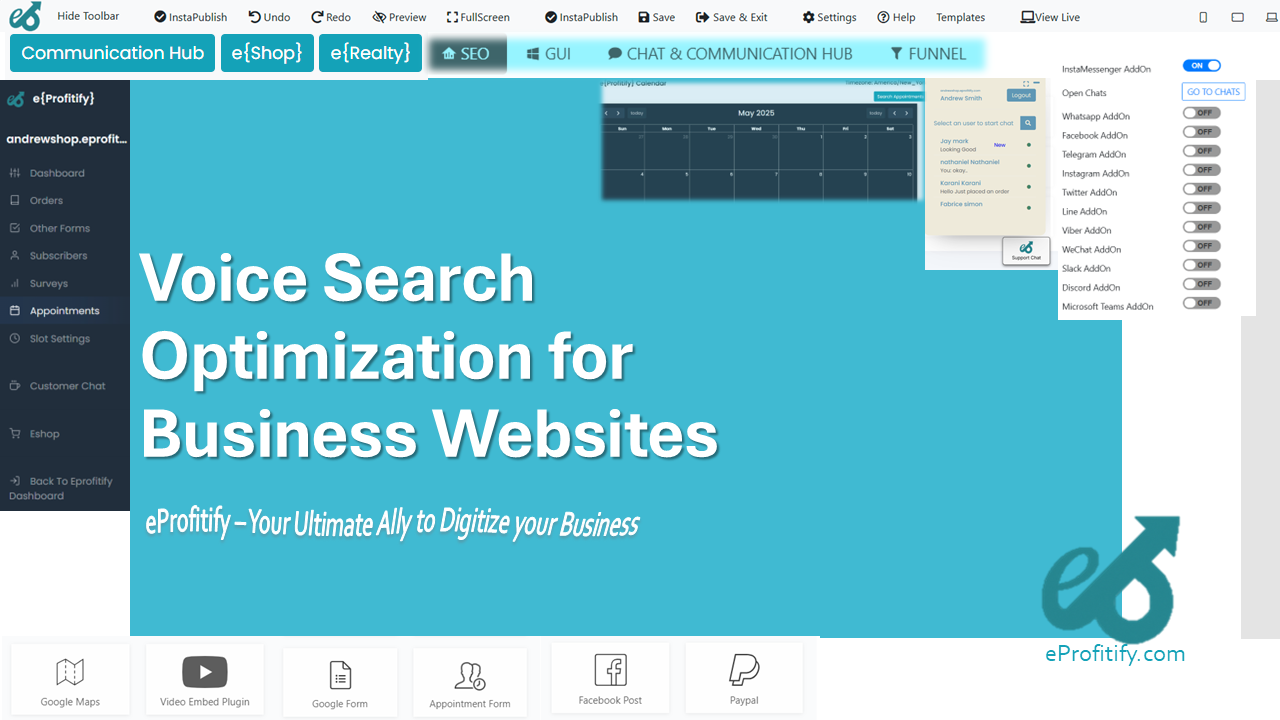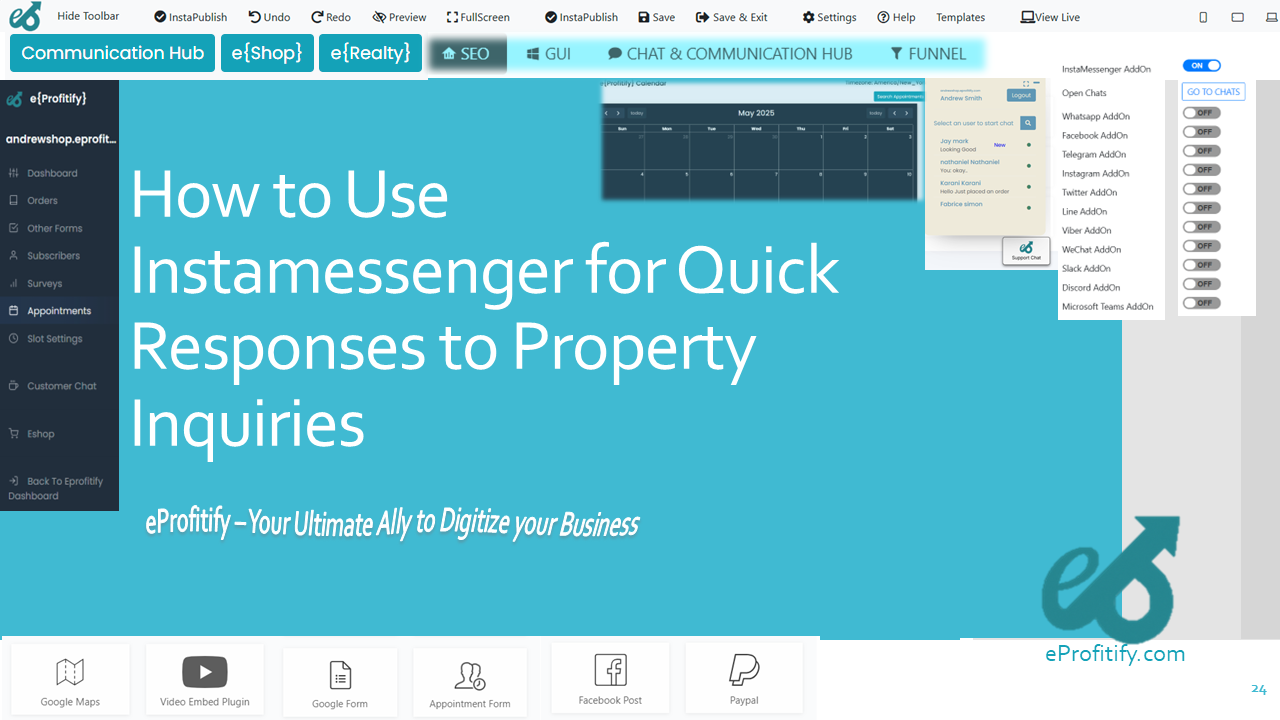How to Use A/B Testing to Optimize Website Elements
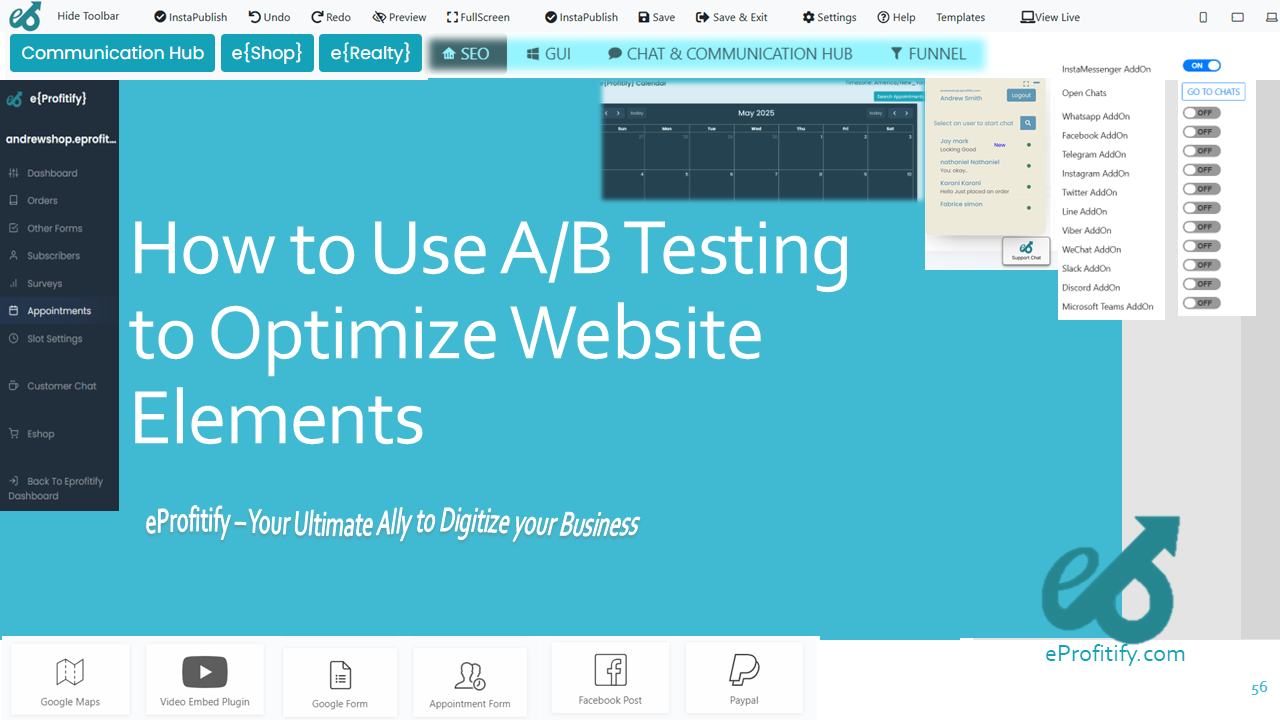
How to Use A/B Testing to Optimize Website Elements
In today’s digital landscape, where even minor tweaks can significantly impact user behavior, A/B testing has become a cornerstone of data-driven decision-making. By comparing two versions of a webpage or element (Version A vs. Version B), businesses can identify which design, copy, or feature resonates best with their audience. This method eliminates guesswork, allowing companies to refine their websites systematically. Let’s explore how to implement A/B testing effectively, supported by statistics, and highlight how Eprofitify, a leading website management platform, streamlines this process with its robust suite of tools.
The Importance of A/B Testing
A/B testing is more than a buzzword—it’s a proven strategy to enhance user experience and drive conversions. Consider these statistics:
- 58% of companies using A/B testing report increased conversion rates (Econsultancy, 2017).
- 64% of marketers leverage A/B testing to optimize their campaigns (HubSpot, 2020).
- Brands like Amazon and Bing attribute millions in revenue growth to small changes tested via A/B experiments. For instance, Bing increased annual revenue by $10 million simply by testing 40 shades of blue for their search ad links.
Such data underscores the power of iterative testing in unlocking a website’s full potential.
Key Steps to Implement A/B Testing
1. Define Clear Goals
Start by identifying specific objectives, such as boosting sign-ups, reducing bounce rates, or improving checkout completion. Align these goals with key performance indicators (KPIs) like conversion rates or average order value.
2. Choose Elements to Test
Focus on high-impact elements:
- Headlines/CTAs: Changing a CTA from “Sign Up Free” to “Get Started” increased conversions by 34% for a SaaS company.
- Design: Testing button colors (e.g., red vs. green) can lift clicks by up to 21%.
- Forms: Reducing form fields from 11 to 4 led to a 26% boost in submissions for Dropbox.
- Layout: Amazon’s revenue jumped after optimizing their navigation menu for quicker access to deals.
3. Create Variations
Develop alternative versions of your chosen element. Use tools like Eprofitify’s drag-and-drop editor to build variations without coding, ensuring seamless integration with your existing site.
4. Split Traffic Fairly
Divide your audience randomly between the original (control) and variation (test) groups. Ensure statistical significance by directing enough traffic—tools like Eprofitify automate this process while accounting for factors like traffic source and device type.
5. Run the Test
Let the test run until you gather sufficient data. The duration depends on your site’s traffic; high-traffic pages may need only a few days, while low-traffic sites could require weeks.
6. Analyze Results
Use analytics tools to compare performance. If Version B outperforms Version A with a 95% confidence level, implement the change. If not, iterate and retest.
How Eprofitify Enhances A/B Testing
Eprofitify stands out as a comprehensive platform for executing A/B tests while managing all aspects of your website. Here’s how its features elevate optimization efforts:
- CRM Integration: Segment audiences based on purchase history or behavior, enabling personalized tests. For example, test email campaign variants for frequent buyers vs. new visitors.
- Ecommerce Tools: Optimize product pages, checkout flows, or pricing displays. Test “Buy Now” vs. “Add to Cart” buttons to reduce cart abandonment.
- Appointment Management: Experiment with different scheduling interfaces to minimize no-shows. A/B test reminder messages sent via SMS or email.
- Instant Messaging: Gather real-time user feedback during tests to refine hypotheses. For instance, ask visitors why they hesitated before checkout.
- Analytics Dashboard: Track test results alongside CRM and sales data, providing a holistic view of performance.
- Security & Scalability: Securely handle high traffic volumes and data privacy, ensuring tests run smoothly.
According to a 2023 survey, businesses using integrated platforms like Eprofitify reduce test implementation time by 40% while improving collaboration across marketing, sales, and design teams.
Case Studies & Best Practices
- Button Color Test: An ecommerce brand using Eprofitify tested a red “Purchase” button against a green one. The red variant drove 21% more clicks, increasing daily sales by $1,200.
- Form Optimization: A healthcare client reduced appointment booking form fields from 8 to 5 using Eprofitify’s form builder, boosting submissions by 18%.
- Personalized CTAs: Leveraging Eprofitify’s CRM, a B2B company displayed tailored CTAs for first-time visitors (“Get a Free Demo”) vs. returning users (“Upgrade Plan”), resulting in a 32% higher conversion rate.
Best Practices:
- Test one element at a time to isolate variables.
- Ensure mobile responsiveness—60% of tests fail to account for mobile users (VWO, 2021).
- Document learnings to build a repository of insights for future campaigns.
Conclusion
A/B testing is pivotal for optimizing websites, offering a scientific approach to enhancing user experience and driving growth. By integrating tools like Eprofitify, businesses gain access to CRM, analytics, ecommerce, and collaboration features that streamline testing processes. Whether refining CTAs, layouts, or appointment systems, Eprofitify’s all-in-one platform empowers teams to make data-backed decisions efficiently. In an era where every click counts, adopting A/B testing with robust tools isn’t just smart—it’s essential for staying competitive. Start experimenting today, and let data guide your path to success.
